Flexibility for Sports by Human Kinetics
$19.00
Product Include:
File size:
Flexibility for Sports by Human Kinetics
**More information:
Get Flexibility for Sports by Human Kinetics at Salaedu.com
Description
Background Information
Flexibility is the ability to move the body parts through a wide range of motion without undue strain to the articulations and muscle attachments. Maintaining a reasonable degree of flexibility is necessary for efficient body movement. Being flexible may also decrease the chances of sustaining muscle injury or soreness and low back pain. Proper muscle balance, in which agonist and antagonist muscle pairs maintain appropriate ratios of strength, flexibility, and length to one another, is important for avoiding musculoskeletal injury. Flexibility assessment and exercises are crucial for lengthening muscles that are too tight.
Muscle Injury and Soreness
To move body segments, the muscles opposite those performing the movement (antagonist muscles) must lengthen sufficiently. Tight muscles, tendons, and ligaments limit lengthening of the antagonist muscles and thus reduce the range of movement of body segments. Soreness or injury may result when tight muscles are subjected to strenuous physical activity.
Low Back Pain
Low back pain is one of the most common complaints among adults in the United States. Low back problems
- account for more lost work hours than any other type of occupational injury, and
- are the most frequent cause of activity limitation in people under 45 yr of age in the United States.
Muscular deficiencies, including lack of abdominal strength, have been recognized as important considerations in physical medicine regimens to treat back pain. The abdominal muscles play a major role in preventing excessive anterior or forward tilt of the pelvis, and strong abdominal musculature appears to play a very important role in supporting the trunk in postures often considered compromising to the low back. In forward-leaning postures, strong abdominal muscle contraction can appreciably increase intra-abdominal pressure; this appears to create a splinting-like effect on the trunk, which in turn decreases the stress placed on intervertebral discs.
Two groups of antagonist muscles (the hip flexors and the hip extensors) are also associated with low back pain; the former tilts the pelvis anteriorly and the latter tilts the pelvis posteriorly. Here the concern is lack of extensibility or too much tightness in the pelvis rather than lack of strength. Extreme shortening of either group can have a deleterious effect on the functioning of the low back (Howley and Franks 2007).
Measuring Flexibility
Flexibility measurements include flexion and extension movements. No general test is available that provides representative values of total body flexibility; tests are specific to each joint and muscle group and area of connective tissue. Because flexibility is joint specific, determining the range of motion of a few joints does not necessarily provide an indicator of flexibility in other joints.
The most accurate tests of flexibility are those in which a goniometer is used to measure the actual degrees of rotation of the various joints. A goniometer is a protractor type of instrument used to measure the joint angle at both extremes in the total range of movement. The double armed goniometer has two arms that attach to two body parts, with the center (fulcrum) of the instrument over the exact center of the joint tested (ACSM 2010b). The arms are aligned along the long axis of the bones of the adjacent segments. It can be challenging to maintain the arms of the goniometer along the bones of the segment, however, this is critical to the reliability and validity of the assessment. In addition, it is important to isolate the joint movement by stabilizing the body while moving the joint.
Because hip flexors and hip extensors play a critical role in supporting a person’s posture and avoiding low back discomfort, assessing flexibility of these muscle groups is important. Therefore, included are two simple tests that can provide information about the flexibility of these muscle groups.
Fitness
More information about Fitness:
Regular exercise and physical activity promotes strong muscles and bones. It improves respiratory, cardiovascular health, and overall health.
Staying active can also help you maintain a healthy weight, reduce your risk for type 2 diabetes, heart disease, and reduce your risk for some cancers.
Moderate aerobics exercises 3 times a week for 30 minutes can reduce cancer risk Cancer-based exercises provide relief to the patient during
cancer treatment There are many benefits to exercising. But it’s even more beneficial for cancer patients. This has been proven in research published in the medical journal ‘Cancer Journal for Clinicians’.
1 review for Flexibility for Sports by Human Kinetics
Add a review Cancel reply
Related products
Health – Fitness – Medical
Health – Fitness – Medical
Heal Yourself with Sunlight (2nd Edition: Expanded and Revised) by Andreas Moritz
Health – Fitness – Medical
Health – Fitness – Medical
Health – Fitness – Medical
Health – Fitness – Medical

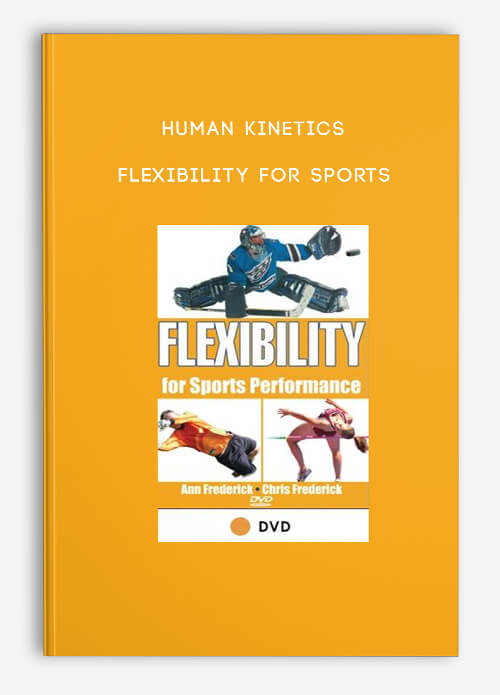


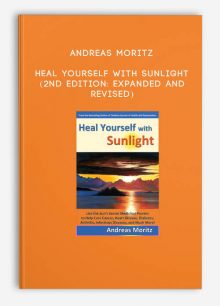
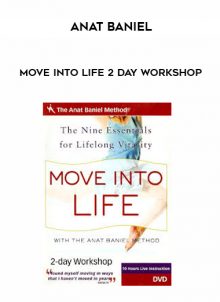



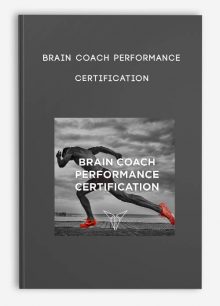
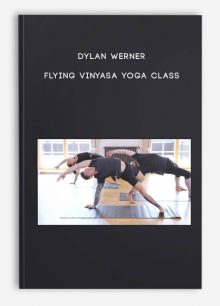
king –
We encourage you to check Content Proof carefully before paying.“Excepted” these contents: “Online coaching, Software, Facebook group, Skype and Email support from Author.”If you have enough money and feel good. We encourage you to buy this product from the original Author to get full other “Excepted” contents from them.Thank you!